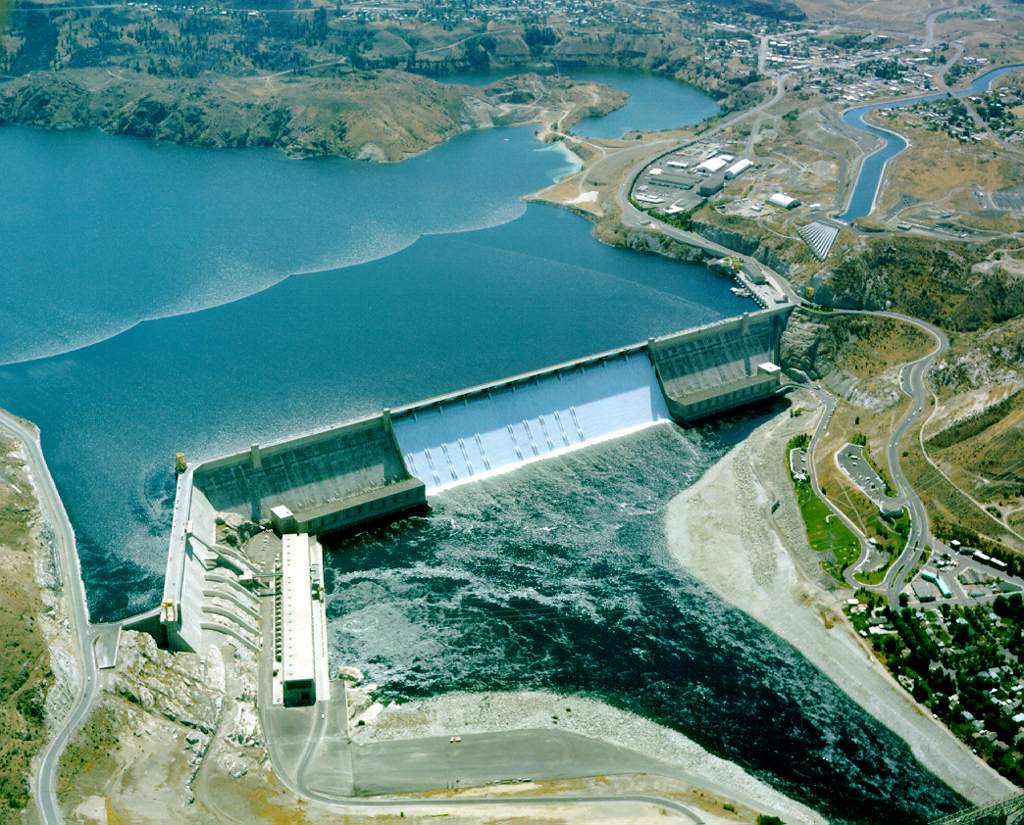Yangtze River Has Been Crippled
According to a Chinese proverb, “flowing water is not stagnant.” Unfortunately, the once mighty Yangtze River is now stagnant in key areas making it, in many places, a mud-clogged mess. What took the natural world literally millions of years to create, in the span of a couple decades, has been permanently altered like the feet of a “foot bound” Chinese wife.
According to the Washington Post, a Chinese State Council admits the Three Gorges Dam (TGD) has led to major environmental and social problems. Geological, human and ecological catastrophes and negative impacts on downstream river transport and water supplies are just a few of those problems. The Chinese who originally opposed the project are now more vociferous than ever in their condemnation of the mammoth project.
Silt Stagnation
Above the dam sits some of the richest farmland in the world. Before the dam was built, silt freely flowed downstream providing farmers key nutrients for farming. This is no longer the case; silt is backing up above the dam and not flowing downstream, creating huge collections of mud.
Worst Drought in 50 Years
China is now in the midst of its worst drought in more than 50 years and scientists and environmentalists are raising the question if the Three Gorges Dam project is at the heart of the crisis. China is experiencing severe water shortages in southern provinces along the Yangtze River causing rivers, streams and lakes to dry up, bringing farming in the area to a standstill, and threatening livestock.
List of Serious Problems
According to The Guardian, problems include:
- The dam reservoir has been polluted by algae and chemical runoff that would normally have floated away had the dam not been built. Algae and pollution are building up.
- The weight of the extra water is being blamed for earthquake tremors, landslides and erosion of hills and slopes.
- Due to ongoing problems, tens of thousands of additional people have already had to be moved from areas in and around the project.
- Becaues of the project’s instability and unpredictability, scientists are calling on the government to: establish water treatment plants, warning systems, shore up and reinforce riverbanks, boost funding for environmental protection and increase benefits to the displaced.
- Some scientists are advocating the reestablishment of ecosystems that were destroyed by the project and are suggesting the additional movement of hundreds of thousands of residents to safer ground.
- Before the project, there were 1,392 fresh reservoirs of water that have become “dead water”, destroying drinking water of over 300,000 people.
- Boat traffic on the Yangtze River has been negatively affected as the depths and shallows of the river have been completely transformed and thousands of boats regularly run aground.
- The design of the project has resulted in damage to the Yangtze River in that water no longer pushes mud and silt downstream but stagnates it above the dam.
- While the current problem is a drought over the past decade floods and droughts have come and gone, the flow control mechanism of the dam project doesn’t seem operational; it does not affect water levels in any way.
The Chinese government has gone so far as to hint that mistakes may have been made in the planning of its signature project. For years, the Chinese government has deflected criticism. But the project’s original critics are gaining steam, according to Dai Qing, the environmentalist who originally opposed the project. Even now, the Chinese government, through state-owned media, is beating a drum that there is no connection between the dam, the drought and other problems. This is not surprising as China has the largest portfolio of hydroelectric projects on the books of any country in the world.
Myriad of Ecological Issues
It seems that now any disaster in China can be traced back to the Three Gorges Dam Project. Although, of course, this isn’t fair. Recent earthquakes, pollution and the relocation of 1.5 million Chinese are just the tip of the iceberg.
Websites and the blogosphere in China are filled with theories, such as a connection between the dam and the Sichuan earthquake of 2008. Relatively-controlled media reports are now showing up through the Chinese Internet, in which scientists are openly discussing the science, engineering and environmental impact of the dam.
While it is difficult to draw a clear line of cause between the dam and the drought, a government official in the Yangtze River Drought Relief Office conceded that the dam lowered water levels in nearby lakes that have nearly dried up.
The Chinese government recently ordered that the dam release more water, going from 7,000 m³ per second to 11,000 m³ per second. This has caused water levels at the dam to drop significantly and to decrease the amount of hydroelectric power that can be produced by the dam.
The following video looks at the ecological impacts of the Three Gorges Dam.





